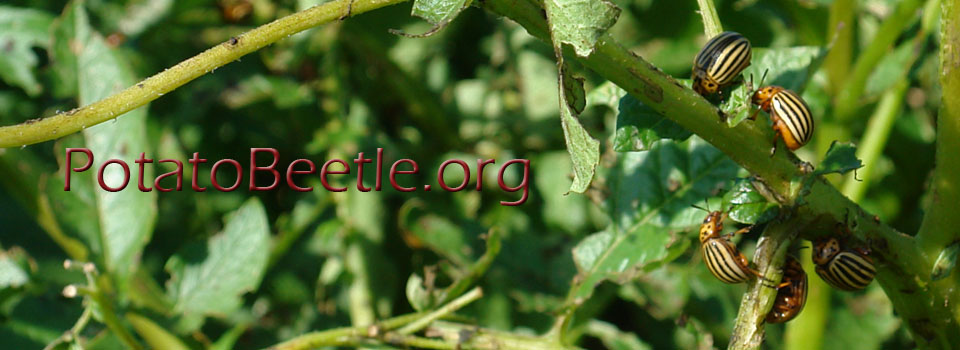Chung SH, Scully ED, Peiffer M, et al. Scientific Reports. 2017;7(1):39690. doi: 10.1038/srep39690.
Herbivore associated bacteria are vital mediators of plant and insect interactions. Host plants play an important role in shaping the gut bacterial community of insects. Colorado potato beetles (CPB; Leptinotarsa decemlineata) use several Solanum plants as hosts in their natural environment. We previously showed that symbiotic gut bacteria from CPB larvae suppressed jasmonate (JA)-induced defenses in tomato. However, little is known about how changes in the bacterial community may be involved in the manipulation of induced defenses in wild and cultivated Solanum plants of CPB. Here, we examined suppression of JA-mediated defense in wild and cultivated hosts of CPB by chemical elicitors and their symbiotic bacteria. Furthermore, we investigated associations between the gut bacterial community and suppression of plant defenses using 16 S rRNA amplicon sequencing. Symbiotic bacteria decreased plant defenses in all Solanum hosts and there were different gut bacterial communities in CPB fed on different host plants. When larvae were reared on different hosts, defense suppression differed among host plants. These results demonstrate that host plants influence herbivore gut bacterial communities and consequently affect the herbivore's ability to manipulate JA-mediated plant defenses. Thus, the presence of symbiotic bacteria that suppress plant defenses might help CPB adapt to host plants.
